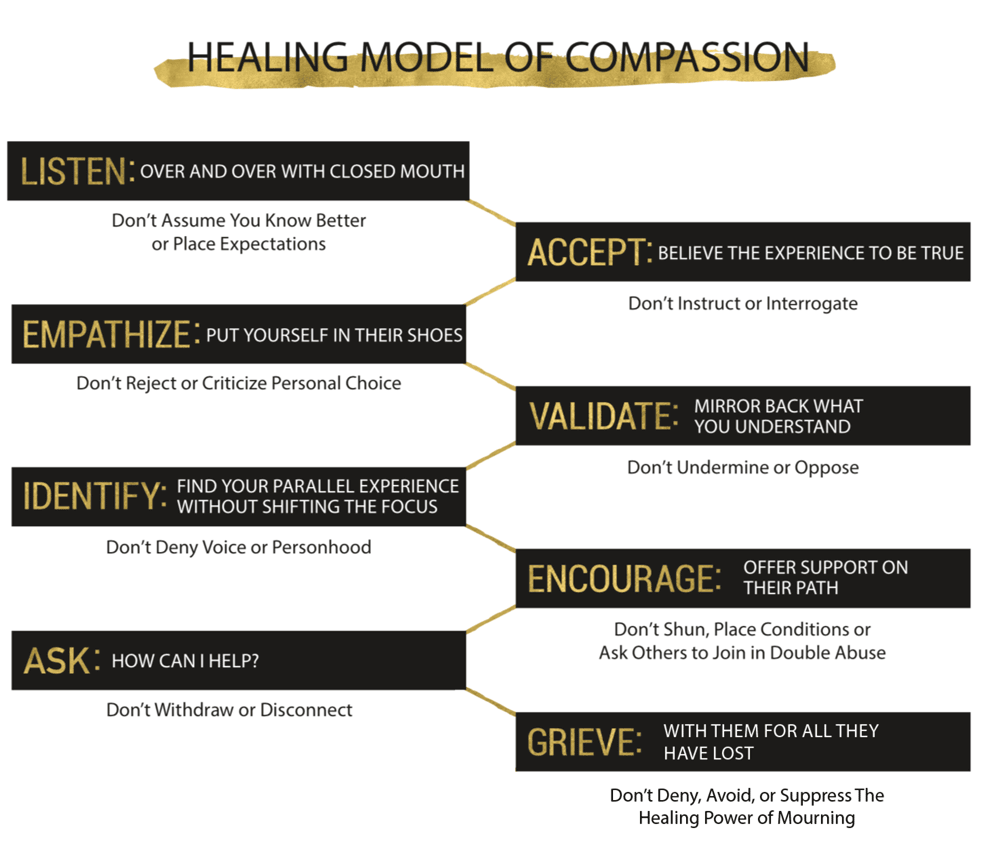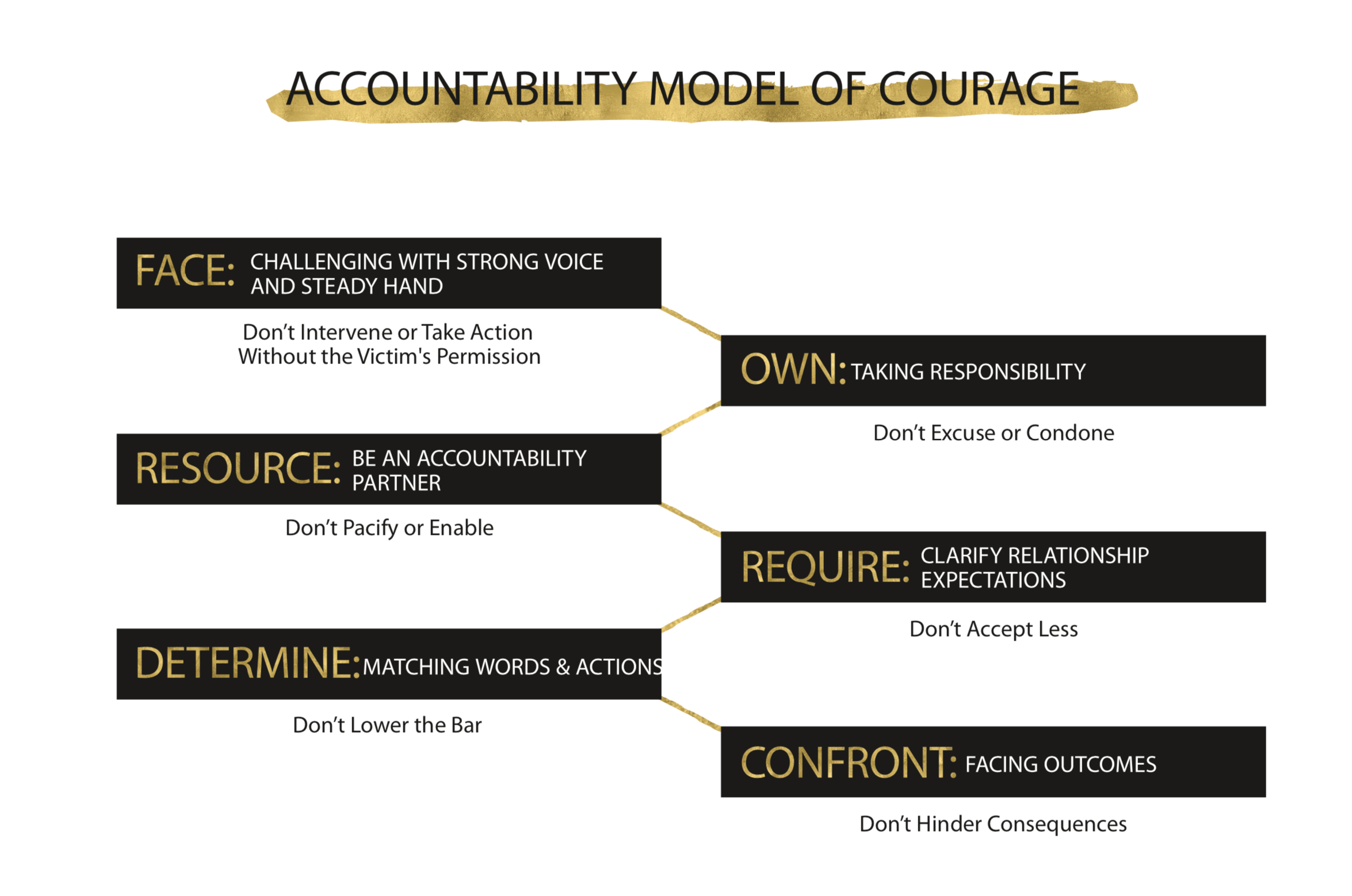THE VICTIM
Pain comes from witnessing someone we care about being abused. Pain also comes from witnessing someone we care about being the abuser. And the pain comes from not knowing how to help either one. Depending on what you witness, this pain can cause Vicarious Trauma, a form of trauma that comes from being a helpless witness to another’s trauma and not knowing how to intervene or, if knowing, not being able to.
Children who see one of their parents or a caretaker abuse their other parent or siblings are in the life-altering position of being vicariously traumatized, even if they themselves are never directly harmed. In fact, studies show children who witness abuse are negatively affected into their adult years by what they witness.
The survivor guilt that accompanies Vicarious Trauma can last a lifetime. These pages are intended to give some basic steps so that you can move from helpless to helpful, from being traumatized by someone else’s trauma to finding a path of healing.
If you initiate your own private intervention with a friend or family member who is being abused, you may not receive the welcome you expect. In fact, you may be warned away with a variety of responses:
- Nothing’s wrong
- I can handle it myself
- You’re going to make this worse
- There’s no way out
It’s easy to become discouraged by this, especially if you fear that your help might actually not be considered helpful. Leading abuse expert Lundy Bancroft (2002) says, “Empowerment and recovery for an abused woman can be a long process; the urge to find fault in her interferes with your ability to help her and ultimately colludes with the Alleged Perpetrator or with secondary abuse.”
We suggest using our healing model below as your guide.


